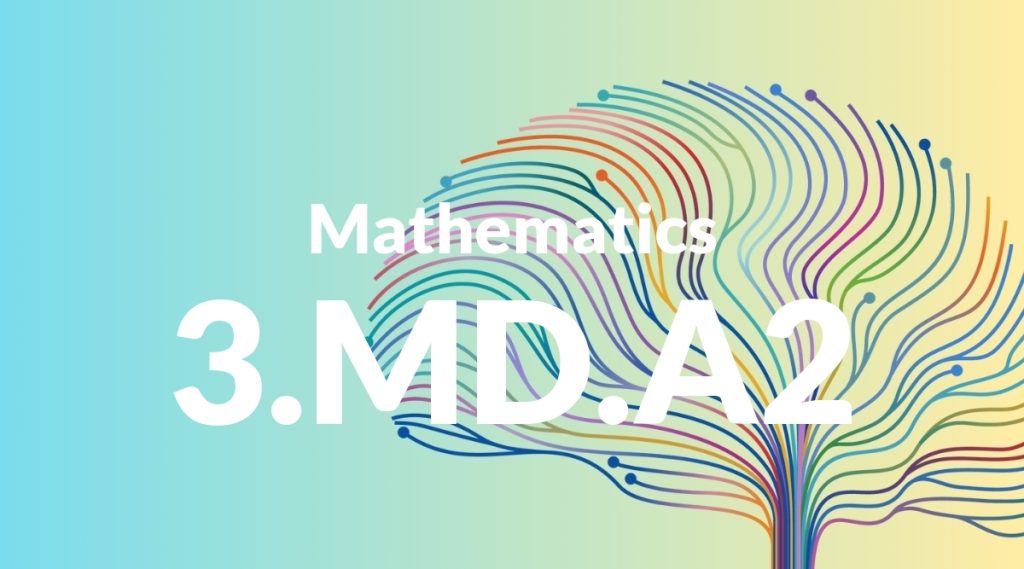Standard: 3.MD.A2 – Measure and estimate liquid volumes and masses of objects using standard units of grams (g), kilograms (kg), and liters (l). Add, subtract, multiply, or divide to solve one-step word problems involving masses or volumes that are given in the same units, e.g., by using drawings (such as a beaker with a measurement scale) to represent the problem.
Grade level: Grade 3
Subject: Mathematics
Domain: Measurement & Data
Teacher Overview
This standard focuses on helping students measure and estimate liquid volumes and masses using standard units. It is crucial as it lays the foundation for understanding measurement in real-world contexts and prepares students for more advanced mathematical concepts. Students should be comfortable with basic arithmetic operations and have a foundational understanding of units of measurement. They should also be able to interpret simple word problems and have some experience with measurement tools.
After mastering this standard, students will be able to handle more complex measurement problems and will have a solid understanding of how to use different units of measurement in practical situations.
Common Misconception 1
One common misconception is confusing units of measurement, such as thinking grams and kilograms are interchangeable without understanding their differences. This misconception arises because students may not have had enough hands-on experience with different units.
Intervention 1
To address this misconception, teachers can use hands-on activities where students measure objects using different units. Visual aids showing the relative sizes of units can also help reinforce the differences.
Common Misconception 2
Another common misconception is difficulty in reading measurement scales correctly. This can occur because students may not have enough practice with different types of scales or may not understand how to interpret the markings.
Intervention 2
Teachers can provide a variety of practice opportunities with different scales, including digital and analog versions. Interactive activities where students practice reading scales in a fun and engaging way can also be beneficial.
Prerequisite Knowledge
Students should have a basic understanding of addition, subtraction, multiplication, and division, as well as familiarity with simple word problems. They should also know how to read measurement scales and understand the concept of units of measurement.
Subsequent Knowledge
After mastering this standard, students will be able to tackle more complex multi-step word problems involving measurements. They will also be prepared to learn about different types of measurement units and conversions between them.
Instructional Activities
- Hands-on measurement activities using kitchen scales and measuring cups.
- Interactive games that involve estimating and measuring volumes and masses.
- Word problems that require students to add, subtract, multiply, or divide measurements.
- Drawing and interpreting measurement scales on beakers or other containers.




